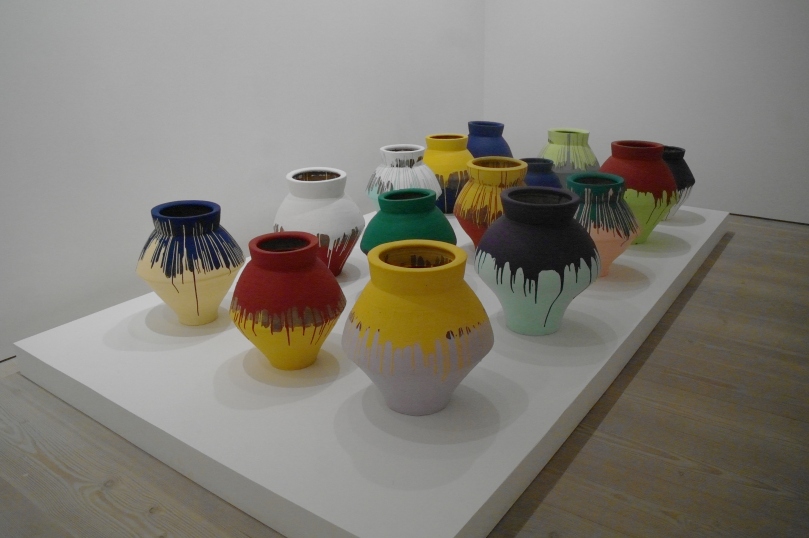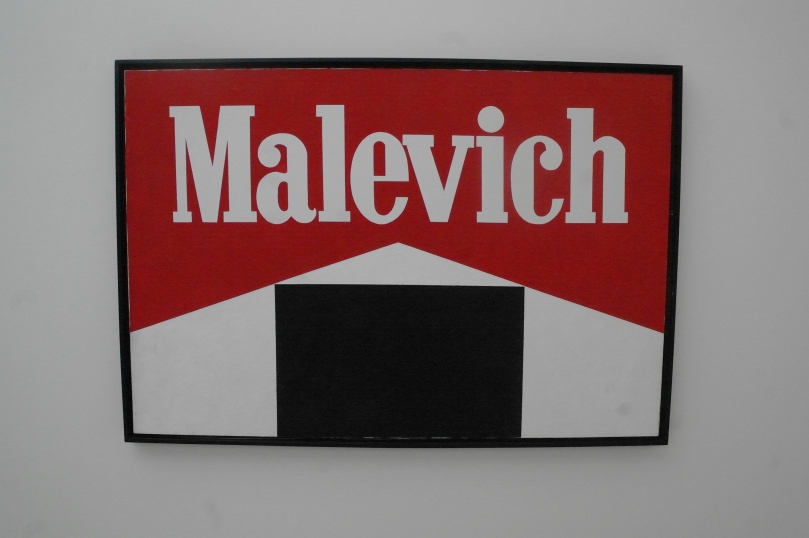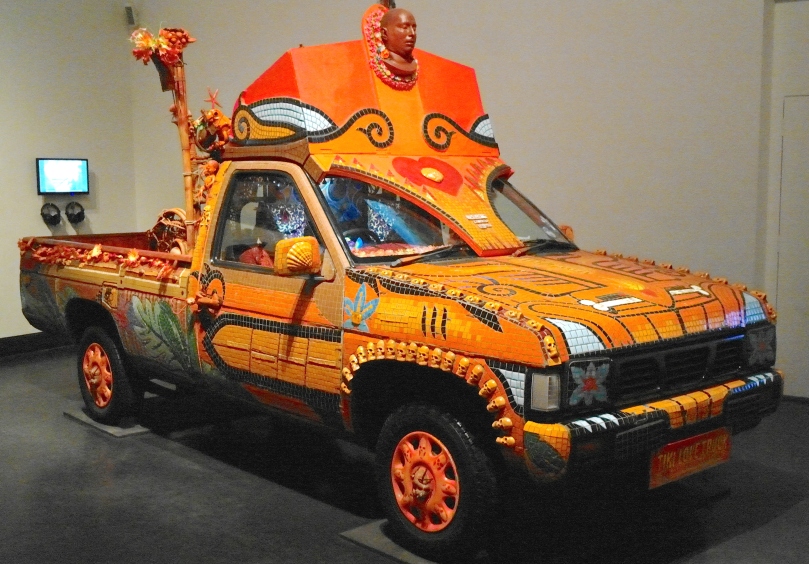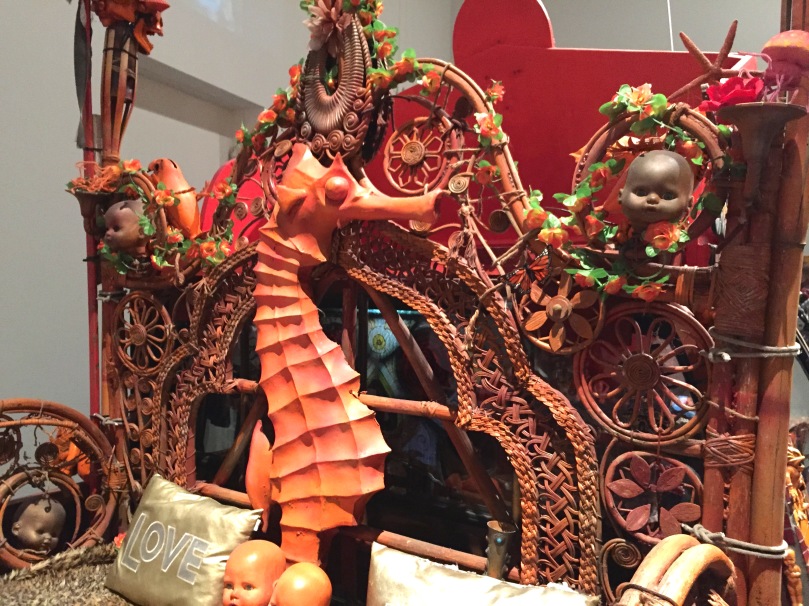‘Is a photograph just a photography?’
This lecture in the series focused on the meaning behind photographs, but more importantly, where the meaning comes from. Whether the meaning is intended with an ideology in mind by the photographer or the meaning is created by the audience, implying that no image can have one single message or reading behind it.
Starting by looking at what is thought to be the first ever photograph taken by Nicéphore Niépce in 1826, Mark highlighted the simple seeming yet advanced nature of the process of creating an image using light. The image is not very visually striking at first but once realised how technically advanced this process was for people at the time becomes extremely impressive. I struggle to imagine how it would have felt for people to see a photograph for the first time in history.

The main part of the lecture that really resonated with me was the section in which Mark presented the subject of Victorian Death Photography, a process in which dead bodies were dressed, posed and presented in a fashion that reflected a constructed portrait. The below example shows three dead children, all positioned in a way to make them seem alive. The woman holding the smallest of the children has her face covered as she is not part of this image, instead is being used as a stand to hold the child in view of the camera. The main reason this image interested me is the initial shocking effect it has on the viewer. However to people viewing this image back in the early 1800’s this would have been accepted as a normal process.

After discussing this theory with the rest of the group, we then reached the discussion on how the concept of a posed photograph has changed and more importantly if a photograph can be taken that is not posed or does not have an intended meaning. The selfie has become a popular phenomenon in today’s culture and society, forcing the meaning of a photograph to become even more obscured. The intention of a selfie being to communicate not yourself, but how you wish others to view you a constructed image with an intended and already existing meaning.








